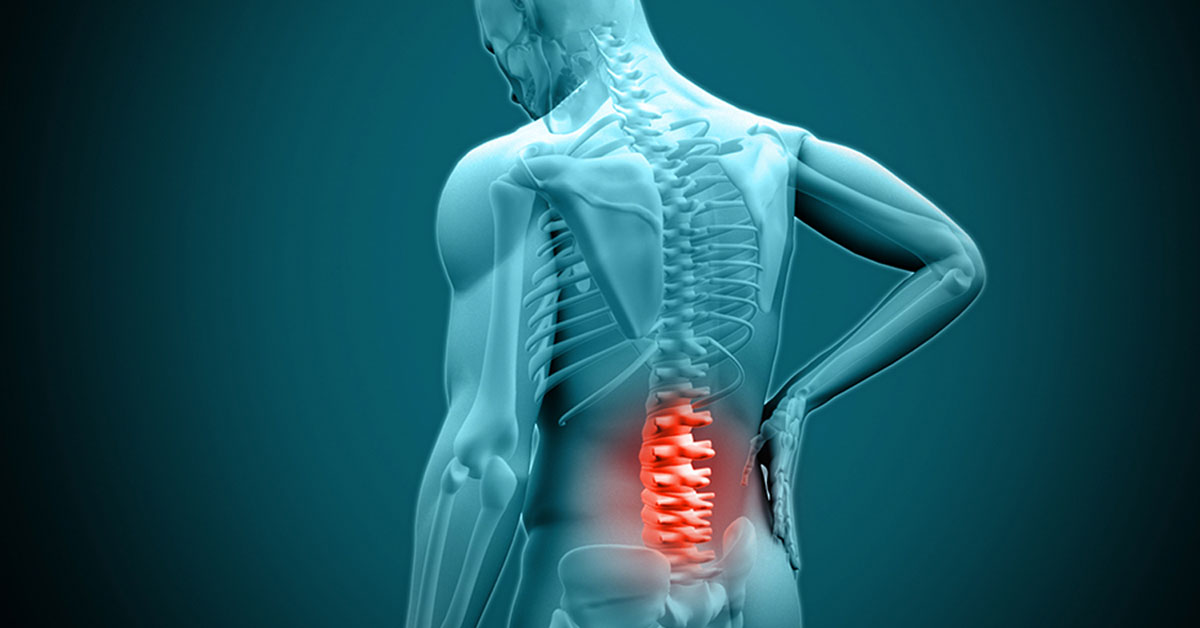
Lumbar decompression
Lumbar decompression in nagpur is the surgery that removes pressure from the spinal canal and nerves within the lower region of the spine. Therefore, it involves removal of the bone, disc, or other tissue compressing the spinal canal and nerves.
Aims of lumbar decompression surgery:
1. Relieves pressure on the spinal cord and nerves
2. Relief of leg pain and numbness.
3. Improve mobility and strength
Quality of life
Types of Lumbar Decompression Surgery:
1. Laminectomy: The removal of part of the vertebra (lamina) to expose the spinal canal
2. Discectomy: It is the removal of a herniated disc that is compressing the nerves.
3. Foraminotomy: This is the expansion of the neural foramen to remove compression from nerves.
4. Lateral decompression: This involves relieving the pressure by approaching the spinal canal from its lateral aspect.
What Is a Lumbar decompression?
Lumbar Decompression: A Surgical Procedure The surgical procedure known as lumbar decompression relieves pressure on the spinal cord and nerves from the lower back, commonly referred to as the lumbar spine. The bone, disc, or other tissues compressing the spinal canal and nerves are removed. Its objectives include the following:
Relief of pains, numbness, and sensation of tingling in the legs
Improvement of mobility and strength
Improvement of quality of life
Objective of the Procedure
The primary aims of the procedure are to decompress the spinal cord and the nerves, stabilize the spine, and improve spinal alignment.
Decompression surgery on the lower back is utilised in the treatment of such conditions as:
– Spinal stenosis on the lumbar
– Herniated discs
– Degenerative disc disease
– Spondylolisthesis
This surgery can be achieved through different approaches. This includes:
– Open surgery
– Minimally invasive surgery
– Endoscopic spine surgery
Lumbar decompression can assist with symptoms and ultimately their function; however, you should speak to a health provider to determine if this is an appropriate treatment for your condition.
Common Conditions Treated by Lumbar Decompression:
- Lumbar Spinal Stenosis: Narrowing of the spinal canal that compresses nerves in the lower back.
- Herniated or Bulging Disc: The disc material presses on nearby nerves, causing pain.
- Spondylolisthesis: The condition where one vertebra slips forward over the one below it, leading to nerve compression.
- Degenerative Disc Disease: Wear and tear on the discs between the vertebrae can lead to nerve compression.
- Sciatica: Pain that radiates down the leg due to nerve compression, often treated with decompression surgery if conservative treatments fail.
Procedure of Lumbar Decompression:
- Anesthesia: The surgery is performed under general anesthesia, meaning the patient will be asleep throughout the procedure.
- Incision: The surgeon makes an incision in the lower back over the affected area of the spine.
- Bone Removal: Depending on the type of decompression being performed (laminectomy, discectomy, etc.), bone and soft tissues (such as parts of the disc or ligaments) are removed to relieve pressure on the nerves.
- Stabilization (if necessary): If the spine is unstable, the surgeon may perform spinal fusion using bone grafts or metal rods and screws to stabilize the affected segment.
- Closure: The incision is closed with sutures and staples.
Recovery from Lumbar Decompression:
- Hospital Stay: Most cases of lumbar decompression will require a hospital stay of 1 to 3 days, depending on the complexity of the procedure and the patient’s condition prior to surgery.
- Restrictions on activities Patients are typically advised against heavy lifting, bending or twisting activities for several weeks. Ambulation and light activities can be done to encourage healing.
- Physical Therapy: Rehabilitation usually starts a week or two after surgery. The exercises involved are more on strengthening the back muscles and gradually increasing the mobility level to resume normal ADLs as soon as possible.
- Pain management: For post-surgical pain, medical interventions are commonly used in the form of drugs – NSAIDs or sometimes even muscles relaxants or opioids as a short-term measure.
What procedures Lumbar decompression?
The decompressive procedures that include the lumbar include:
1. Laminectomy: A procedure where there is a removal of the portion of the vertebra, known as lamina, for easy access to the spinal canal.
2. Discectomy: A procedure where a herniated disc compressing nerves is removed.
3. Foraminotomy: An enlargement of the neural foramen in order to relieve pressure on the nerves.
4. Lateral decompression: It’s accessing the spinal canal from the side in order to relieve pressure.
5. Microdiscectomy: A minimally invasive version of discectomy.
6. Endoscopic lumbar decompression: It is an endoscope that is used for visualization and removal of compressive structures.
7. Tubular retraction surgery: The spinal canal is approached through a smaller incision using a tubular retractor
8. Laser spine surgery: The compressive structures are taken out with a laser to relieve pressure.
9. Minimally invasive lumbar decompression: Decomposition is done at the site with a specialized instrument with lesser cuts to damage the tissue as little as possible.
10. Percutaneous lumbar decompression: Compressive structures are removed using a needle like tool via a small puncture.
These processes are supposed to relieve pressure on the spinal cord and nerves, improving mobility, strength, and quality of life. Each procedure has its own merits, depending upon the nature of the condition in an individual patient and the preference of the surgeon involved.
At our Neurosys Multispeciality Center, we perform several key procedures including Craniotomy, which is primarily for the excision of brain tumors; V-P Shunt Surgery for treating hydrocephalus; surgeries for epilepsy; and operations targeting brain stem glioma. Beyond these, we offer a range of other neurosurgical services. If you have any questions that are not answere, please contact us through our Contact Us or Book your Appointment.
